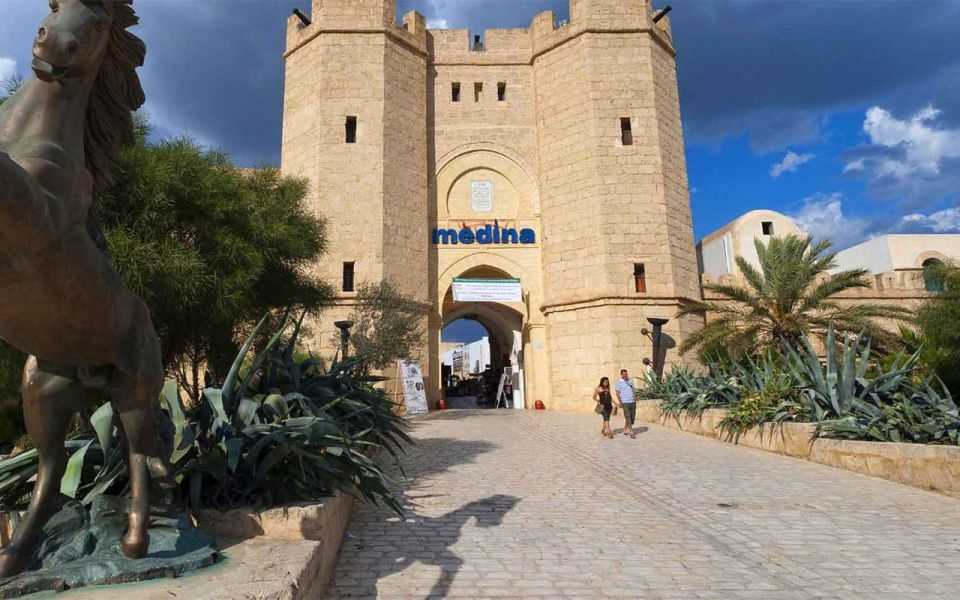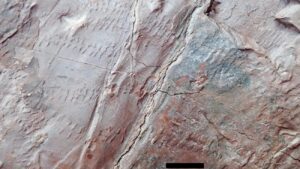Exploring the Historical Medina of Nabeul
Nestled on the northeastern coast of Tunisia, the Medina of Nabeul is a captivating blend of history, culture, and vibrant local life. Known for its rich heritage and bustling markets, this ancient city offers a unique glimpse into the past while providing a lively experience for modern-day visitors. Whether you’re a history enthusiast, a culture lover, or simply looking for a unique travel experience, the Medina of Nabeul has something to offer.
What to See in the Medina of Nabeul
The Medina of Nabeul is a treasure trove of sights and sounds. As you wander through its narrow, winding streets, you’ll encounter a variety of attractions that capture the essence of Tunisian culture. The heart of the Medina is its bustling souk, where you can find everything from traditional pottery and ceramics to spices and textiles. The vibrant colors and aromatic scents create an unforgettable sensory experience.
Don’t miss the Great Mosque of Nabeul, an architectural gem that stands as a testament to the city’s Islamic heritage. Its intricate designs and serene atmosphere offer a peaceful retreat from the lively streets. Nearby, the Dar Chaabane Museum provides insight into the region’s history and craftsmanship, showcasing traditional artifacts and exhibits.
For a taste of local life, visit the weekly market held every Friday. Here, locals gather to buy and sell fresh produce, handmade goods, and more. It’s a fantastic opportunity to immerse yourself in the daily rhythms of Nabeul and perhaps pick up a unique souvenir or two.
A Bit of History and Interesting Facts
The Medina of Nabeul has a rich history that dates back to ancient times. Originally founded by the Phoenicians, it later became an important Roman settlement known as Neapolis. Over the centuries, Nabeul has been influenced by various cultures, including the Byzantines, Arabs, and Ottomans, each leaving their mark on the city’s architecture and traditions.
One interesting fact about Nabeul is its reputation as the pottery capital of Tunisia. The city’s artisans have been crafting exquisite ceramics for generations, using techniques passed down through the ages. Visitors can witness this craftsmanship firsthand in the many workshops scattered throughout the Medina.
Another fascinating aspect of Nabeul is its connection to the sea. Historically, the city was a major center for the production of garum, a fermented fish sauce highly prized in ancient Roman cuisine. While garum is no longer produced here, the city’s coastal location continues to influence its culinary traditions, with fresh seafood being a staple in local dishes.
Getting There and Tips for First-Time Visitors
Reaching the Medina of Nabeul is relatively straightforward. The city is well-connected by road and rail, making it accessible from major Tunisian cities like Tunis and Hammamet. If you’re traveling from Tunis, you can take a train or a louage (shared taxi) to Nabeul, both of which offer a comfortable and affordable journey.
For first-time visitors, it’s helpful to know that the Medina can be quite busy, especially during market days. Wear comfortable shoes, as you’ll likely spend a lot of time walking. It’s also a good idea to carry some cash, as many vendors in the souk may not accept credit cards.
While exploring, take the time to interact with the locals. Tunisians are known for their hospitality, and a friendly conversation can enhance your experience and provide valuable insights into the culture. Don’t hesitate to ask for recommendations on where to eat or what to see.
In summary, the Medina of Nabeul is a vibrant and historical destination that offers a unique blend of culture, history, and local life. Whether you’re exploring its ancient streets, shopping in the bustling souk, or learning about its rich heritage, Nabeul promises an unforgettable experience.








